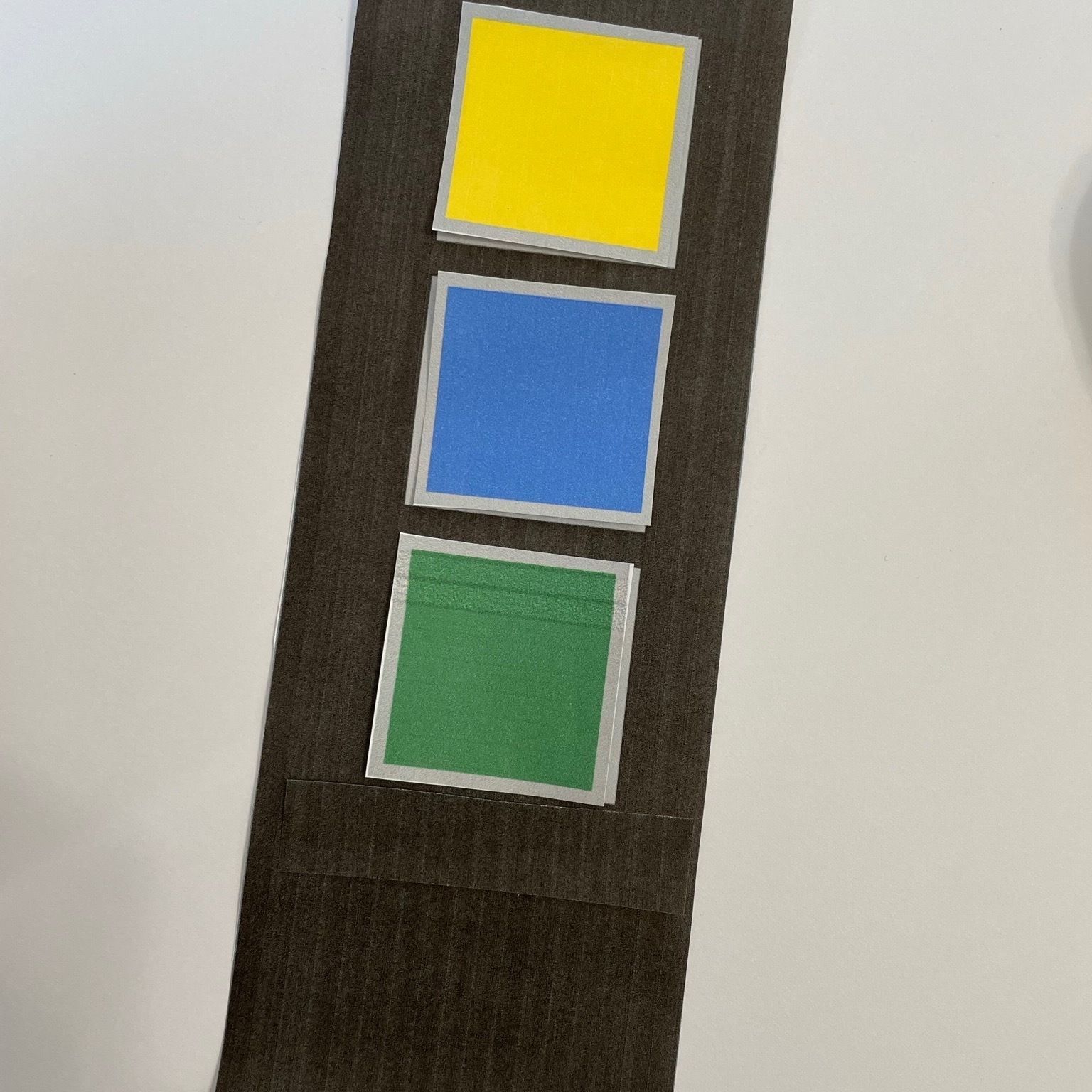Each day my students enter the classroom, they wash their hands and choose a table for “Table Time”. Others may call it a soft start or even center time. Each classroom table has an activity for them to engage in. I’m always sure to include at least 1 fine motor activity, 1 sensory activity, and 1 activity that involves preschool academic concepts. Sometimes they relate to our unit of study and sometimes it is just a fun toy from our shelf. I am all about making things fun and engaging but easy on myself too!! The writing center and library are always options too and depending on the interests and needs of the students, we might also open other areas too.
Many students love the free exploration and creativity of this time. There are many choices, students are free to move from table to table as they wish, and it’s a great time to be social. For other students, this is a very challenging time. They crave structure and require prompting and support to engage with the toys. Without support, these students often end up wandering the classroom, flitting around from table to table without engaging in any play, or dumping/pulling out other materials. We can make adjustments in the classroom environment build their engagement, independence, and play skills.
Here are 10 different ways to support them!
1. Favorite Sensory Items
I have students who LOVE water! Put water in the sensory table with anything…sea creatures during an ocean unit, clothing and brushes during a clothing unit, dishes and soap for a food unit, water beads, floating blocks, cups and utensils anytime! Students who love squishy sensory items – playdoh, shaving cream, floam, slime. Do you have kids that love
2. Choose toys that match the child’s developmental level
Mix in toys of different levels. Part of our Table Time is promoting independence. It’s a busy time as all of the children are coming into the classroom. I’m greeting everyone, checking backpacks, taking attendance. I want to build the students’ independent arrival and initiation skills. If you only have one of a particular toy, put out a few similar toys or make it a turn taking game too. Some of my favorites are:

Peg Color Sorting / Inset Puzzles / Pop Up Toys / Put in Sorting / Fish Tank / Piggy Bank
3. Use Fascinations and Interests
Have a student that only wants to play with cars? Add cars to one or all of the activities. Cars with Legos, cars with playdoh, add car stickers to the writing center, car books in the library, car puzzles, etc. Or give them a few cars to take with them from place to place.
4. Use Play Scheme Visuals
Create visuals with the play steps. Use your phone to take pictures, use Boardmakers, or check out these freebies.
5. Make Play Videos

Record yourself playing with a toy. Use simple phrases and steps. Play the video for the child before they begin to play. I recently started using this strategy and WOW! My students really benefited from this! I saw play skills develop quickly.
6. Make a Visual Task Schedule
Some students need help choosing where to play when given so much free choice. Set up a visual schedule for this time. Depending on the needs of the student, I might use real photos, Boardmaker pictures, or other icons like these colored squares. Students match the colored squares or visuals to a spot at each table.


7. Let favorite play areas be a part of ‘Table Time’
I have a student now who loves to paint at the easel. It is by far her favorite thing to do. Rather than redirecting her to a table multiple times a day, we decided to just make it an open option during ‘table time’. Other students love it too! It has become one of the most visited places and everyone is happy and engaged.
8. Make a Visual Choice Board
Use visuals! Some students have a hard time filtering out all the visual stimuli in the classroom to see the activities. Present them with a visual choice board. Here are a couple I use in my classroom.

9. Coach peers on how to help their friends
Talk with students about how to invite a friend to play. They could ask, “Do you want to play with me?” but it could also mean bringing a toy over to a friend, offering to share a toy, showing a visual to their peer, or even following their friend to see what they want to do without using any words. Model and practice!
10. Use visuals for social starters
Make conversation cubes to give students ideas of what to talk about. These have questions to ask about their favorites.

How do you support students during unstructured times?

